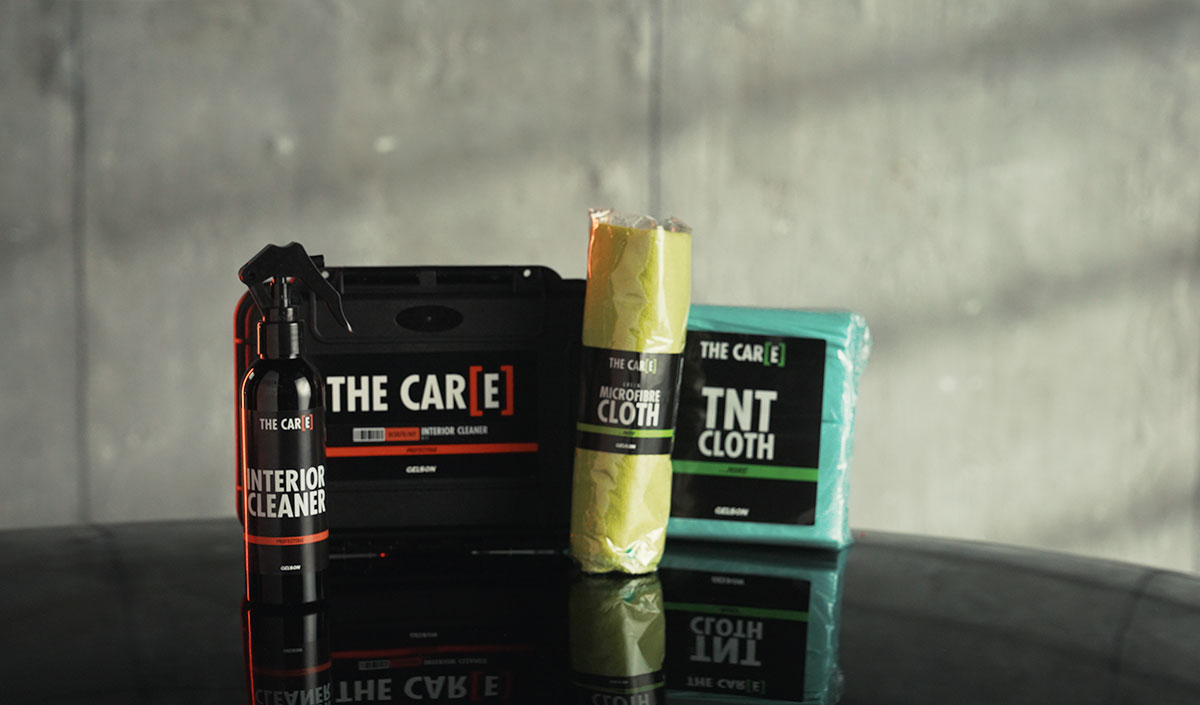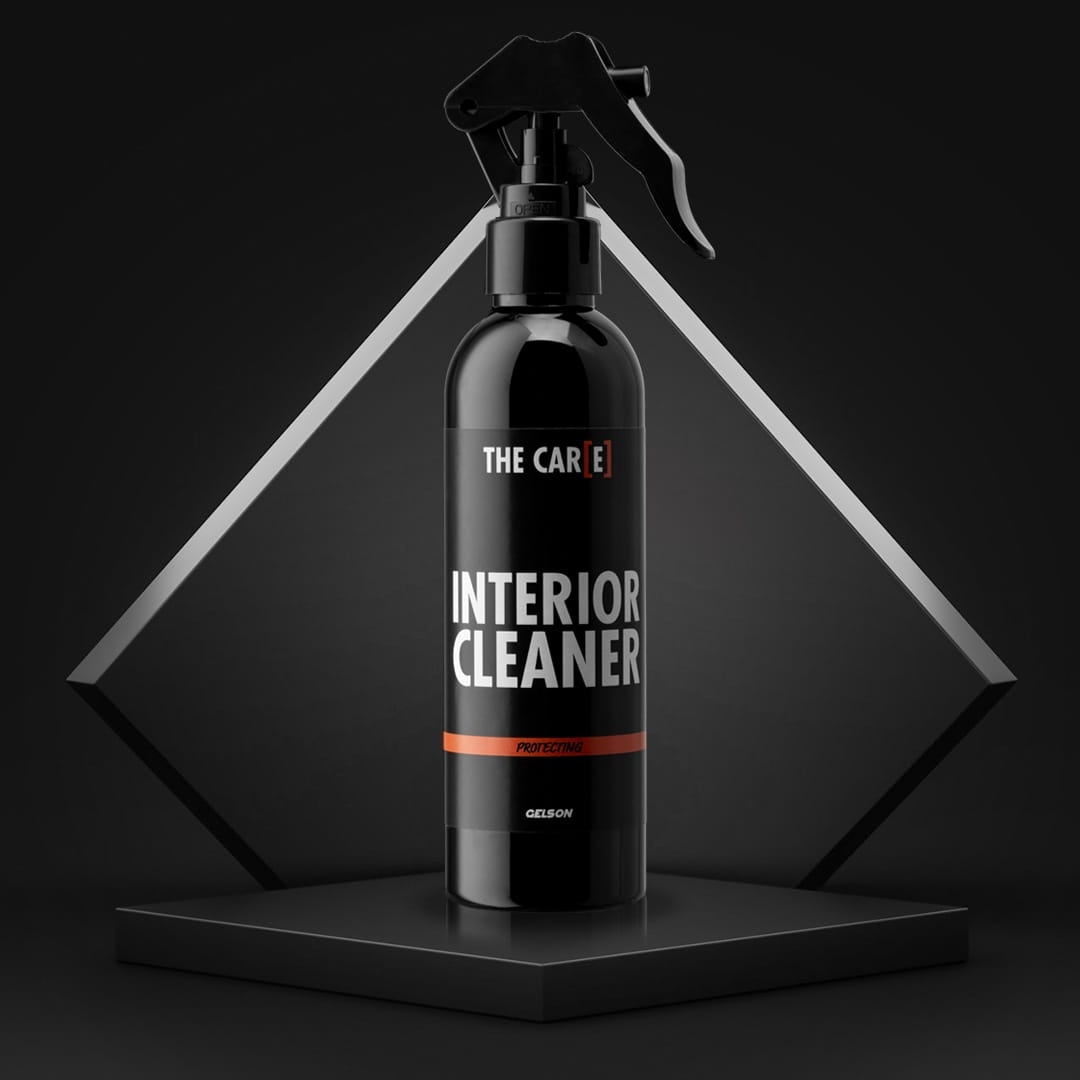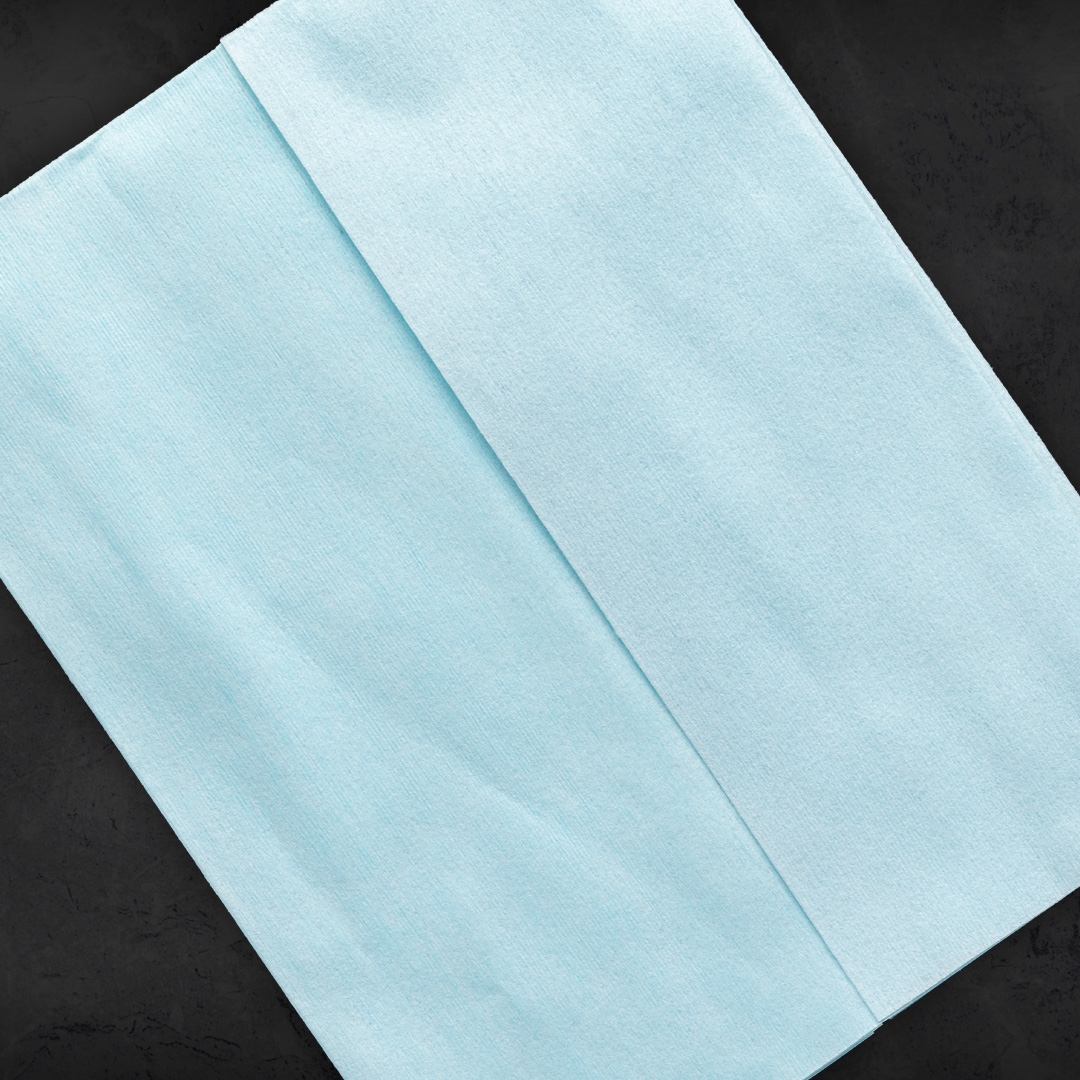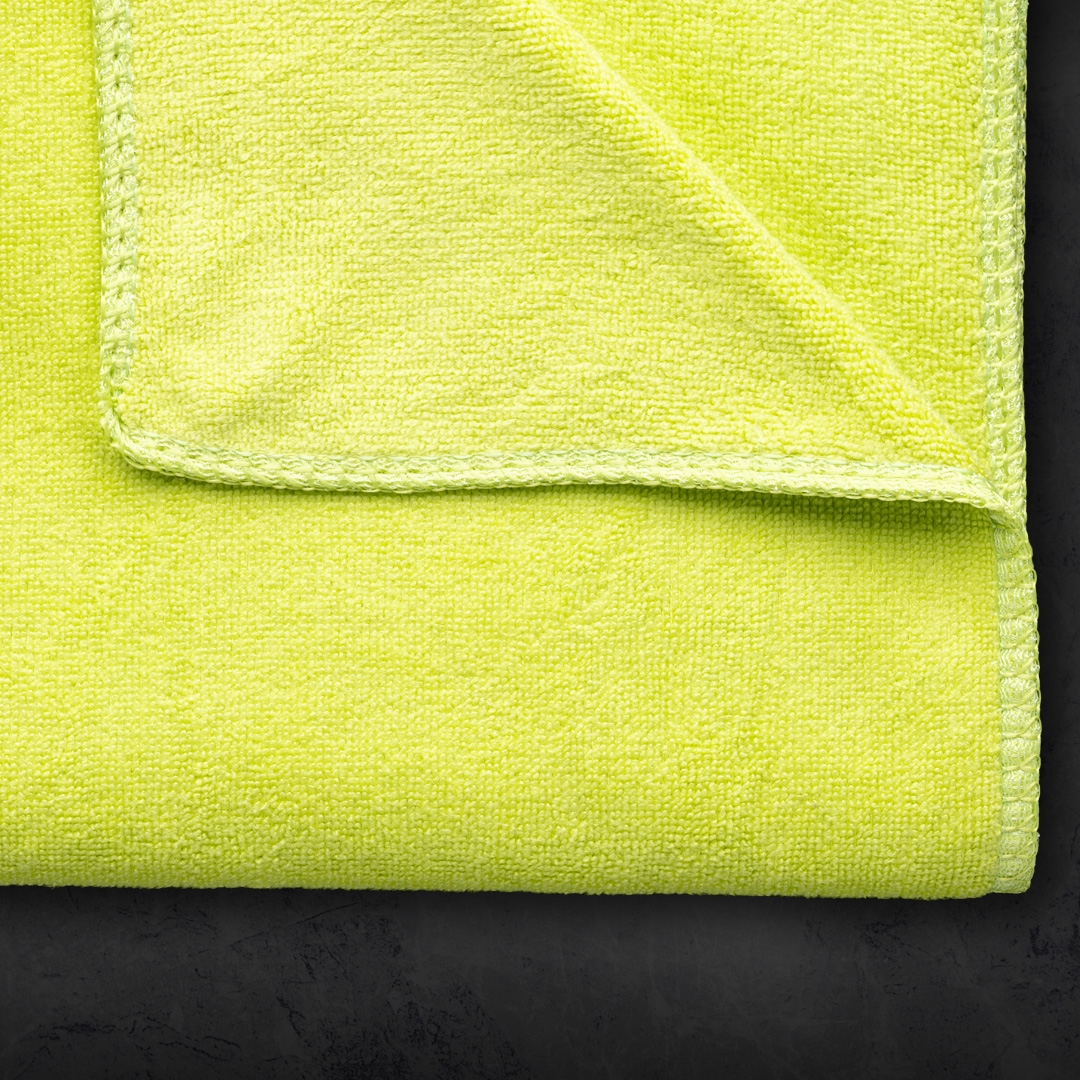
In detail you will find:
- How to prepare the seats before cleaning: vacuuming and visual inspection
- Cleaning fabric seats: rigour, method, and attention to detail
- Leather seats: elegance, maintenance, and the ritual of care
- Seat care as a culture of quality living
How to prepare the seats before cleaning: vacuuming and visual inspection
When entering the world of car care, one element more than any other determines the success of every interior maintenance operation: preparation. No treatment, however advanced or professional, can yield the desired results if not preceded by a meticulous preparatory phase, based on knowledge of the material to be treated, the use of suitable tools, and the application of a method consistent with the nature of the surface itself. Cleaning a car’s seats is fully part of this step, whether they are made of fabric, leather or composite materials. It is not a mechanical act, but a ritual, a daily liturgy of aesthetic and functional beauty. The first, essential step is to thoroughly remove visible debris such as crumbs or sand and loose dust, such as atmospheric particulate matter which, if not eliminated, would be pushed into the fibres and folds by the cleaner or cloth pressure during the following cleaning stages. This seemingly basic process therefore forms the basis of the quality of subsequent cleaning, and must be carried out with suitable tools, such as a vacuum cleaner equipped with specific nozzles, preferably narrow and with soft bristles for delicate surfaces. The slim, tapered nozzle allows access to the hidden crevices of the seats, the joints between seat and backrest, extremely difficult to clean by hand, and areas often neglected, such as seams or folds in the upholstery, doing the job excellently without compromising the surfaces.
This action, to be carried out slowly and carefully, aims to remove crumbs, dust, sand, and atmospheric particulate matter, preventing any subsequent intervention performed on a surface not perfectly free of solid residues from turning into an abrasive action, with potentially irreversible effects. Once vacuuming is complete, proceed to a tactile and visual analysis of the seats, which also varies depending on the structural characteristics of the seat covering material. It is also worth remembering that each type of material may react differently to treatment, so it is advisable to carry out a preliminary test on a hidden area of the seat. Likewise, it is important to always work in well-ventilated areas, avoid direct sunlight during application, and never use direct heat sources to speed up drying.
This preparatory phase, which may seem lengthy but is actually extremely rational and efficient, is not merely aesthetic: it directly impacts comfort, healthiness, and the car’s value, shaping the perception of the cabin as an intimate and personal space, while achieving professional results without leaving your own garage. Let us now take a closer look at the two main types of seat covering and the best advice for their cleaning and care: fabric and leather.
Cleaning fabric seats: rigour, method, and attention to detail
Fabric as a car seat covering has one important feature: it is more porous and absorbent, and tends to retain many organic and inorganic stains. Food, drinks, shoe dust, fine particles, sand, sweat, oily residues or moisture seep in deeply, requiring a cleaning action that is penetrating but not aggressive. Cleaning fabric seats therefore requires a much more structured approach than one might think: it’s not simply a matter of “wiping them down”, but a well-organised process, to avoid unpleasant outcomes such as rings, fibre hardening, lingering odours or, worse, surface damage. Preparation with deep vacuuming using a thin nozzle or rotating brush is essential before applying any cleaner. It makes the porous nature of the fabric easier to manage, as it acts like a sponge. This allows access to crevices and removes all the dry dirt that would otherwise turn into mud once in contact with detergent. This preliminary mechanical action, if performed precisely, eliminates up to 70% of surface impurities, and at that point, the active cleaning phase can begin.

The cleaning phase also requires the utmost attention and the use of a non-generic, non-aggressive detergent to avoid compromising the strength and colour of the fabric.
For this reason, it is preferable to use a product specifically designed for this purpose, such as the outstanding Interior Cleaner kit, which combines stain-removing power and a delicate formula in a single synergistic solution.
Elegantly and functionally packaged, the kit includes Interior Cleaner in a 200 ml bottle with a trigger sprayer, five non-woven cloths TNT Cloth and a green microfibre cloth, Microfibre Cloth green.
The application follows a precise protocol:
- Shake the bottle: to activate the cleaning agents and ensure effective distribution;
- Spray on TNT or directly on the surface: you can spray on the TNT cloth to avoid product overload or directly on the surface depending on how dirty it is;
- Rub in a circular motion: follow the natural grain of the material with gentle, regular movements;
- Repeat if necessary: for stubborn dirt, let the product sit for a few seconds and repeat treatment, helping it to penetrate the fibres and dissolve dirt;
- Dry with Microfibre Cloth green: to remove residual moisture and enhance the natural matte finish. This finishing stage is just as essential, thanks to the green cloth’s short-pile weave,
which effectively absorbs moisture without leaving lint or streaks. A kind of “dry polishing”, if you will, that restores visual uniformity to the fabric, revives its colour, and brings a fresh feel to the whole cabin.
This gradual approach ensures a flawless result, avoiding over-wetting the seat, a condition known to cause rings or bacterial growth. Another benefit of the Interior Cleaner kit is the scent it leaves behind: a light yet lasting fragrance, free from invasive notes, offering a long-lasting sense of cleanliness and comfort. The method described not only removes visible stains and dirt, but also has a preventative function: monthly cleaning of fabric seats reduces absorption of sweat, dust, and contaminants, preserving fibre integrity and maintaining a tidy, professional appearance. It’s worth noting that cleanliness also affects health and wellbeing: dirty fabric harbours allergens, dust mites and bacteria, potentially affecting those with asthma, rhinitis, dermatitis or other sensitivities. Therefore, regular interior care is both aesthetic and protective for all occupants. For enhanced cleaning, consider occasional use of a soft-bristle brush, preferably made of natural hair, useful for lifting the nap of worn fabric seats or working the product more effectively into areas where cloth may not provide enough friction, such as corners, seams, or large horizontal surfaces. However, use the brush sparingly and with controlled movements to avoid fraying or stressing the fibres. The TNT cloth, being disposable and absorbent, remains the primary tool, especially for routine tasks. Finally, unlike other products, the Interior Cleaner kit does not require rinsing: making it particularly practical even for those without large spaces or special equipment, it can be used in a home garage, or even outdoors (avoiding peak sunlight or hot surfaces). Under ideal conditions, a full treatment of both front and rear seats can be completed in under half an hour, with minimal product use and a professional-level result, even without advanced technical expertise.
Leather seats: elegance, maintenance, and the ritual of care
Leather seats are undoubtedly one of the most prestigious and iconic elements of a car interior, the ultimate symbol of luxury, refinement, comfort, and attention to detail. However, compared to fabric, this material, while more resistant to surface stains, is far more sensitive to temperature fluctuations, dehydration, and excessive moisture. After cleaning, it also requires a specific nourishing treatment to maintain its original softness and sheen. Too often, leather is mistakenly perceived as a “durable” and easy-care material, when in reality, by its very nature, it is a porous surface, more sensitive and reactive, prone to discolouration, hardening, and cracking. So the first key point is the preliminary approach: just like with fabric seats, it is essential to begin with dry cleaning using thorough vacuuming, ideally with a soft plastic nozzle or a felt-covered attachment, so as to
avoid scratching the surface and to remove fine dust, sand particles, and any food or dirt residues lodged in the folds and seams of the leather seats. Skipping this step means risking rubbing in the dirt during the wet phase, potentially causing permanent and visibly unsightly micro-abrasive damage. Only at this point can the actual cleaning begin, and for this, generic products, household degreasers, or soaps not tested on leather are strongly discouraged. Using inappropriate detergents may alter pigmentation or dry out the material.
Again, we recommend highly specialised solutions such as the Interior Cleaner kit, whose strength lies in the versatility of its formulation: this product is specifically designed to be used on a wide range of interior surfaces, including leather, faux leather, and Alcantara, offering deep and gentle cleaning without compromising the molecular structure of the upholstery. The method of application, in the case of leather, can be the same as for fabric due to its ultra-gentle formulation: spray the product directly onto the surface after shaking the bottle to activate the cleaning agents. However, nothing prevents you from spraying the cleaner onto a non-woven cloth, included in the kit, TNT Cloth rather than directly onto the surface, to avoid possible over-application. Then proceed with a circular, even, and controlled motion, following the natural grain of the leather. For stubborn dirt, such as oily stains, cosmetic residues, sweat, or marks from dark clothing, a second application can be made, allowing the product to act for a few seconds before wiping. This way, the leather won’t become saturated, but impurities will loosen and lift away.
Once this cleaning phase is complete, move on to drying and polishing, a step to be carried out, as described in the previous paragraph, using the included green microfibre cloth,
Microfibre Cloth green, a truly versatile item, ideal for removing all residual moisture and refining the surface, restoring a satin, understated, and never artificial shine.
Unlike other products that leave a glossy, plasticky finish, this gentle cleaner leaves the leather naturally matte, enhancing its authentic, velvety appearance. This care routine, when combined with the regular use of this specific kit (once or twice a month), has the power to revive the material’s original tone, restore its elasticity and softness, and provide long-lasting UV protection, extending its lifespan and reducing premature ageing.
Even without visible dirt, leather should still be treated regularly, at least once a month, to prevent the invisible build-up of dust, sebum, and moisture, which over time can cause structural damage. If the car is heavily used or exposed to particularly dry climates or intense sunlight, this care frequency may increase to twice a month.

Also remember that many mistakes in leather seat cleaning arise from excessive reliance on home remedies without technical validation: cleansing milk, vegetable oils, moisturising creams for human skin, or even worse denatured alcohol. These substances not only lack the proper chemical composition to interact with automotive leather, but may also leave oily residues, persistent odours, or cause harmful chemical reactions, altering the colour or making the surface sticky to the touch.
By contrast, using a kit like the one presented here allows you to work safely and precisely, respecting and enhancing the material, in line with the best practices of professional detailing. Caring for your car’s leather, after all, is not just a matter of good taste it’s an investment in longevity, comfort, and the overall quality of your driving experience.
Seat care as a culture of quality living
Taking care of your car seats, whether fabric or leather, is not merely a functional act for cleanliness or material preservation. It is a tangible expression of a mindful, aesthetic, and responsible mindset, one that recognises the car interior not as a secondary accessory space, but as a lived-in, everyday, personal environment that reflects habits, taste, and respect, for oneself and for others.
From this perspective, the act of carefully cleaning a stained seat or gently restoring a leather cover becomes a kind of ritual, a tribute to your car, which in turn becomes a moving space capable of delivering safety, wellbeing, and prestige. The value of a car detailing experience lies not only in the technical sequence of steps, but in the awareness with which they are performed. It is precisely this vision that The Care supports and promotes through its range of professional products, designed for everyday use by conscious and passionate motorists who choose to slow down, observe, and appreciate.
It is sensorial, emotional, and cultural, because brilliance, ultimately, is not just what you see, but what you feel every time you step into your car.






